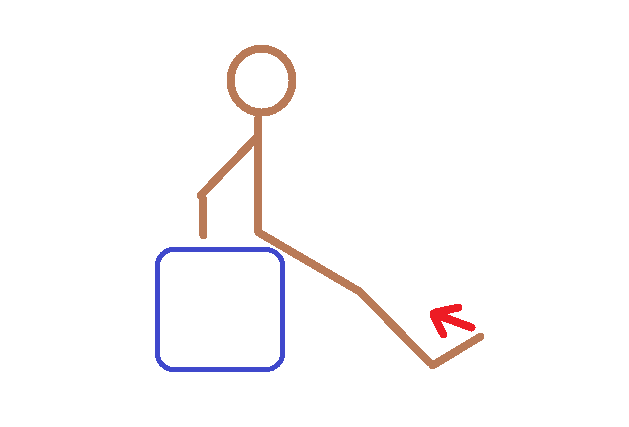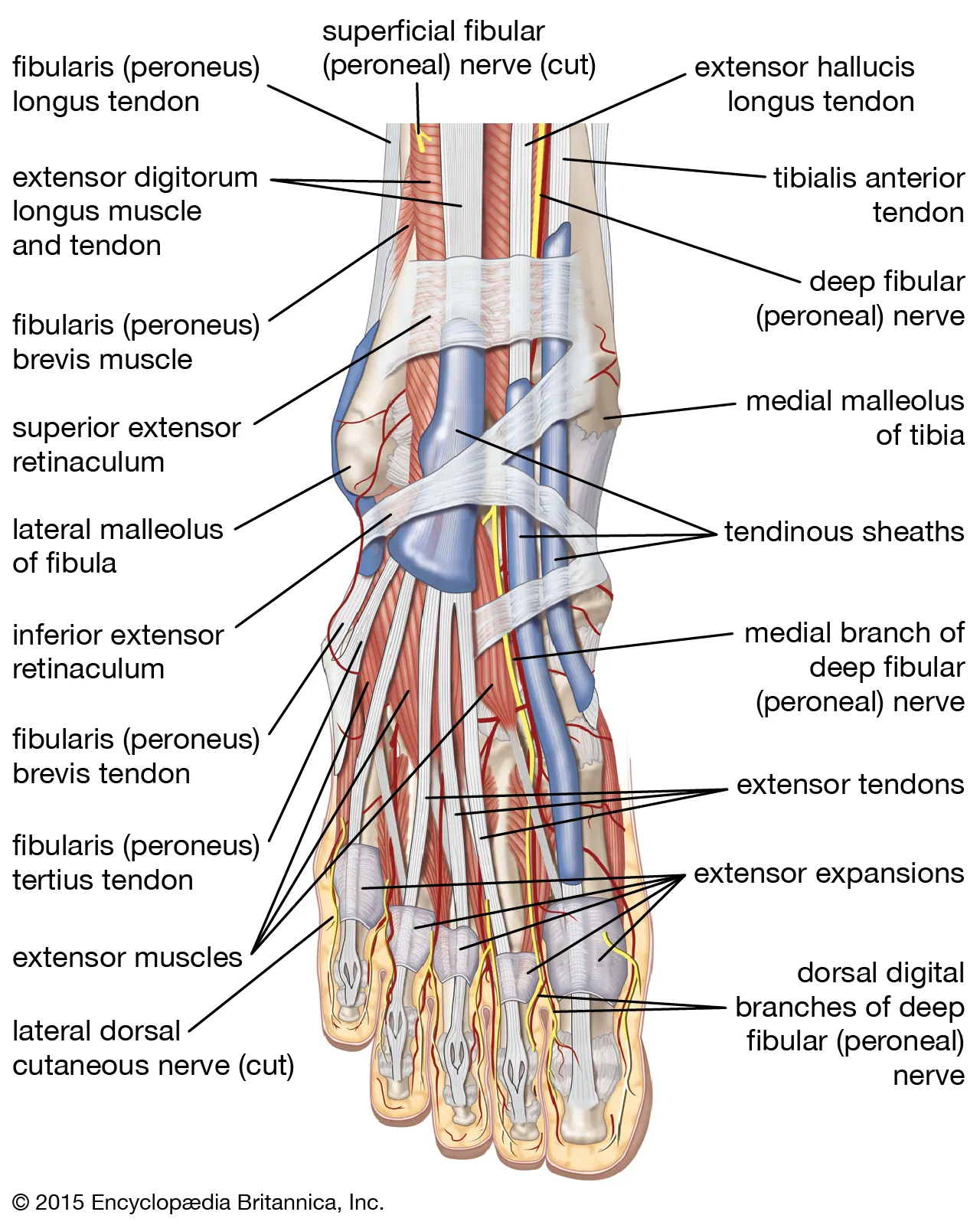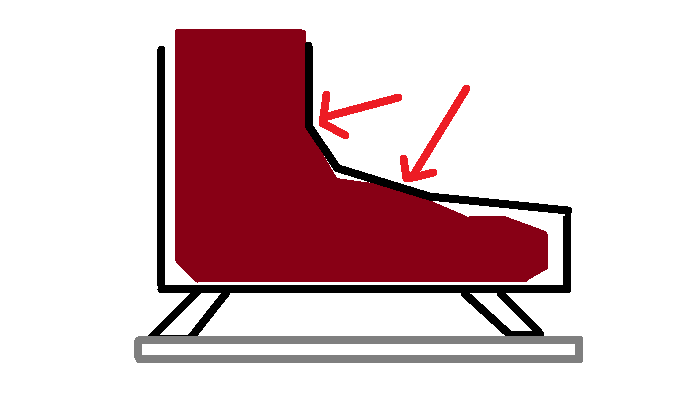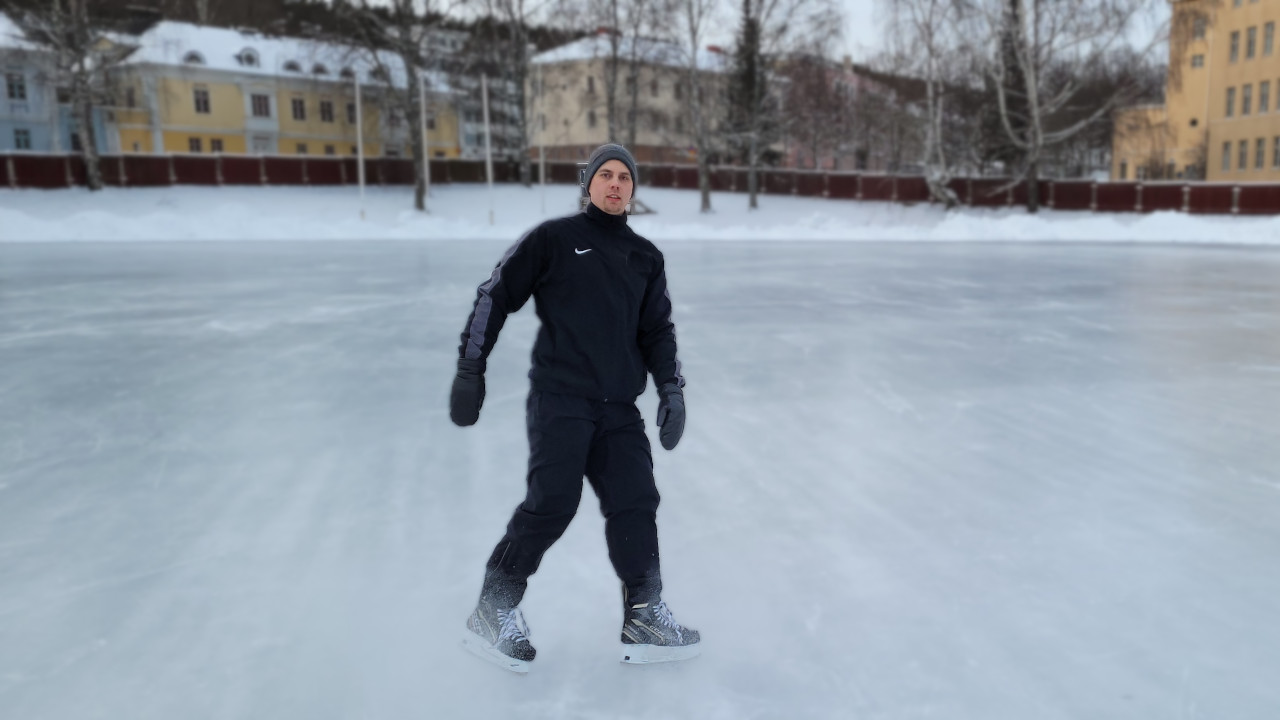Ice hockey has remained my hobby until these days after skating first time almost three decades ago. Despite my long experience, I suffered for years from an annoying problem with my skates.
My big toes started to go numb and cold after about 15 minutes of playing. I finally got the problem solved after various experiments, so I’m sharing my experience with others.
Numbness of toes in skates started in adulthood
Numbness of the legs while skating is very common. Fatigue related to the small muscles of the ankle is a topic of its own, especially in those who skate less often.
I don’t remember my toes getting numb in skates as a child or even in my early 20s. I think the problem started to bother me to an increasing extent only when I was about 25 years old. Lately, I’ve noticed a similar phenomenon in ski boots.
Numbness clearly worsens when tightening the skates. The problem persisted for more than 5 years.
I remember buying at least one new pair of skates as an adult. I didn’t know if it was a change in the skate model or a change in the anatomy of my foot.
Is it a fixable problem or is it an age-related decrease in blood circulation? If the skates block blood circulation, where exactly is the issue point? My leg was not in pain.
Choosing skates is tricky as they can be expensive and are rarely changed. Even an active player can survive a decade with the same pair.
How does numbness of the big toe feel while skating?
Numbness mostly affects the big toe, sometimes also the adjacent toe. Numbness starts after 15-30 minutes of wearing skates. Soon after the numbness, the big toe starts to get cold, making the feeling even more unpleasant.
After an hour, the big toe is completely cold and numb. The problem is eased when the skate and the sock, which has cooled and wet from the tip, are removed. When stepping without the skate, the feeling can tingle on the inner edge of the foot. Finally, a warm shower helps.
Toes get numb also in the new skates
The problem started to make skating and playing hockey uncomfortable. I pondered whether my foot had widened with the age and therefore leaving the skates too narrow. I went to a skate shop.
I had previously 3D scanned my feet a specialized hockey store. At that time, the width of my foot was found to be normal, but the ankle volume more than average.
I wanted to take a new scan just in case. This time, also the volume of the ankle seemed average. The seller convinced me to trust the result. I tried the recommended skates and they seemed to fit well. The CCM Super Tacks AS3 Pro skate model had the normal D-width for 400 euros.
After a few sessions of skating, expensive skates turned out to be a disappointment. The toes were still numb.
Adjustments to skates with poor success
I had to swallow the disappointment and study the phenomenon more closely.
I tried disposable toe warmers. The toes were still numb, but not cold.
Thick socks absorbed sweat and cooled the toes even more. Neither did thin socks help much. Generally I recommend a relatively thin and long seamless sock to everyone. For example, men’s dress socks are good.
Additional insulation on the foot or big toe did not help either.
Sponge in the skate as an ankle cushion did not stay in place. Also, the raised flap of the skate let snow come in from the edges.
Different skate lacing techniques did not produce results.
Keeping the laces looser helped a little, but not completely. Of course the skate did not support properly in this case.
Straightening the legs and ankles on the bench helped a little.
The softer flap of the new skates solves the numbness problem
Another shopping round would take a long time but there were no options. I tried about 10 different skate models over the course of several weeks.
Standing test of at least 15 minutes in the store with each skate proved to be a great idea. I tightened the skates to the limit, stood still and tested if my toes would go numb.
The tested skates had variety of widths and ankle volumes. Some of the skate models were promising in terms of toe numbness, but not very supportive for the ankles.
I even paid the skates in the occasions and did a longer 30-minute toe numbness test at home. The results were bad and I returned the skates to the store.
In one shop, I told the salesperson about my experiences. After a little wondering and fiddling, he was able to recommend a skate model with a softer flap than usual.
The price for CCM Tacks AS 570 was 270 euros and the skate width was the normal D. The size was the same as in the previous skates. In my case, the size of the skate was the upper end of my typical shoe size range. In addition to the softer flap, the fit was exactly right.
On the downside, the soft flap does not protect as well from hard puck hits. The choice was still easy.
Anatomical explanation for big toe numbness in skating
Sit on the bench with your leg straight and your ankle at a 90-degree angle or slightly relaxed. Flex the ankle muscles strongly so that the toes approach the leg. Observe your ankle during the full flex.

Do the ankle tendons stand out clearly? If you answered yes, your big toes may be prone to numbness in skates and ski boots.

Source: Encyclopædia Britannica.
Comparison of well and poorly fitting skates
In a well-fitting skate, there should be about a finger-thickness of space in the heel (about 1 cm) when the toes touch the front of the skate. Too small skate causes problems similar to mine. In skates that are too big, the foot has space to move and the position is not stable.
At least for me, tight width is not a problem. Of course the foot must not curl inside the skate.
The shoot must be completely inside the skate boot. The top of the foot or the ankle must not rise significantly against the flap in the side profile. This was the biggest problem for me.

In my current skates of a suitable size, the ankle circumference is 2.5 cm larger than in the toe-numbing skate model. Still, the skate feels sturdy.
Even suitable skates can make your toes tingle when tightened to the limit. This should be taken into account when testing them.
Appropriately sized skates encourage to exercise
With suitable skates, ice hockey is a great pleasure. The toes have stayed warm both in the hall and outdoor with a slight frost.
The feeling when going out on the ice is completely different than with skates of the wrong size.




Write a new comment
The name will be visible. Email will not be published. More about privacy.